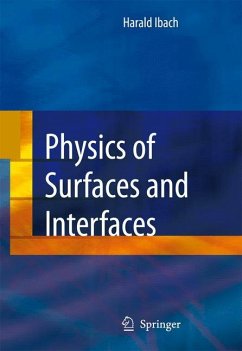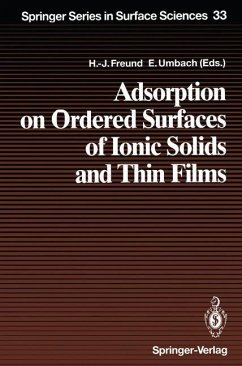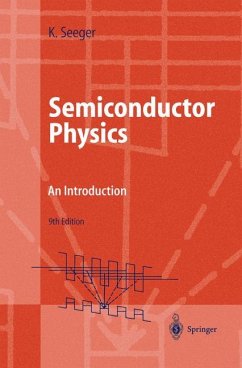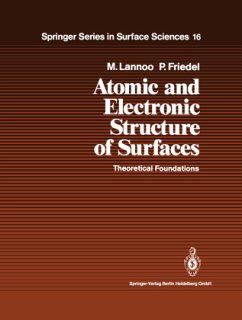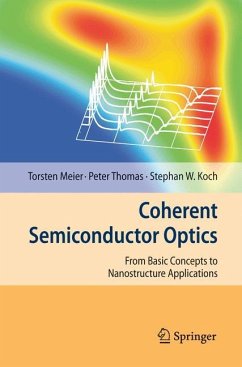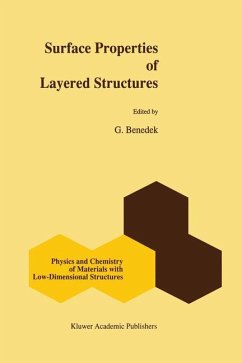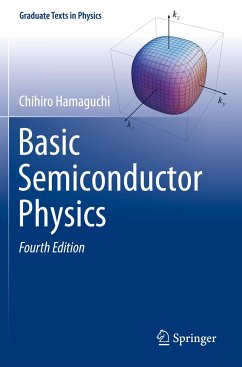
Physics of Surfaces and Interfaces
Versandkostenfrei!
Versandfertig in 1-2 Wochen
83,99 €
inkl. MwSt.
Weitere Ausgaben:

PAYBACK Punkte
42 °P sammeln!
This graduate-level textbook covers the major developments in surface sciences of recent decades, from experimental tricks and basic techniques to the latest experimental methods and theoretical understanding. It is unique in its attempt to treat the physics of surfaces, thin films and interfaces, surface chemistry, thermodynamics, statistical physics and the physics of the solid/electrolyte interface in an integral manner, rather than in separate compartments. It is designed as a handbook for the researcher as well as a study-text for graduate students. Written explanations are supported by 350 graphs and illustrations.
Writing a textbook is an undertaking that requires strong motivation, strong enough to carry out almost two years of solid work in this case. My motivation arose from three sources. The first was the ever-increasing pressure of our German administration on research institutions and individuals to divert time and attention from the pursuit of research into achieving politically determined five-year plans and milestones. The challenge of writing a textbook helped me to maintain my integrity as a scientist and served as an escape. A second source of motivation lay in my attempt to understand transport pr- esses at the solid/electrolyte interface within the framework of concepts developed for solid surfaces in vacuum. These concepts provide logical connections between the properties of single atoms and large ensembles of atoms by describing the physics on an ever-coarser mesh. The transfer to the solid/electrolyte interface proved nontrivial, the greatest obstacle being that terms such as surface tension denote different quantities in surface physics and electrochemistry. Furthermore, I came to realize that not infrequently identical quantities and concepts carry diff- ent names in the two disciplines. I felt challenged by the task of bringing the two worlds together. Thus a distinct feature of this volume is that, wherever approp- ate, it treats surfaces in vacuum and in an electrolyte side-by-side. The final motivation unfolded during the course of the work itself.





